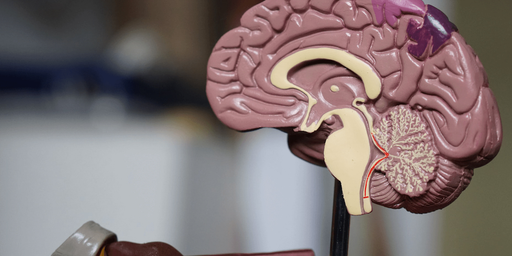Alzheimer's: A silent disease in the African American and Hispanic community

African American and Hispanic Americans face an increased risk of of Alzheimer’s disease.
Older African Americans are twice as likely to have Alzheimer’s than their white counterparts, and older Hispanics are 1.5 times likely to develop the disease than their white counterparts.
Alzheimer’s – which is a progressive brain disease that impairs memory and thinking skills – is the most common form of dementia.
Alzheimer’s is a result of changes in the brain. Abnormal deposits of proteins from amyloid plaques and tau tangles throughout the brain. This results in a loss of neurons, which lose connections with other neurons and die. Once neurons die, the brain begins to shrink, and continues to shrink as Alzheimer’s progresses.
Old age is a risk factor for Alzheimer’s disease and other forms of dementia, but it isn’t the cause. While it’s not clear what causes Alzheimer’s, scientists attribute it to age, genetics, environmental and lifestyle factors.
Doctors attribute the elevated number of African Americans with Alzheimer’s to the fact that the community has higher rates of hypertension and diabetes, which are also risk factors of the disease.
According to US Against Alzheimer’s, by 2030 Hispanics and African Americans will make up 40% of families affected by Alzheimer’s.
As both communities face racial wealth disparities in addition to health disparities, caring for a loved one with Alzheimer’s can create unexpected financial hardships as well – including long-term institutional or home-based care.
A RAND Corporation study found that the average annual cost for a person in need of dementia care is between $41,000 and $51,000. In 2018, the average annual income for Hispanic Families is $51,450, and $41,361 for Black families respectively. However, most patients will have Medicare or private insurance, so many Americans will not have to cover the bulk of costs.
Despite the significantly high rate of Alzheimer’s in these communities, research reports that African Americans are less like to receive treatment for Alzheimer’s treatments such as acetylcholinesterase inhibitors or memantine than their white counterparts.
So how can family members know if a loved one is suffering from Alzheimer’s? Here are some common early signs:
Early signs of Alzheimer’s disease
Loss of memory
It’s normal to periodically forget things like the date of an appointment or the name a colleague you haven’t seen in a while, but there may be a more serious problem if a person’s loss of memory becomes a frequent hindrance to their daily lives. Common signs of memory loss include forgetting recently learned information; important dates and events; an increased need for memory aids (i.e reminder notes); and repeating questions.
Difficulty concentrating
With dementia, persons may experience issues with planning and solving, particularly with tasks that are in their common practice. They may find challenges in cooking a familiar recipe, managing bills, and working with numbers.
Changes in personality
This includes withdrawal from friends and social settings; depression; apathy; irritability; distrust in others; and become suspicious of others.
Other early signs of Alzheimer’s disease include:
- Making poor judgments and bad decisions; like behaving out of character in social situations;
- Difficulty organizing thoughts;
- Wandering off to places; and
- Losing things in odd places, and without the ability to retrace steps
While Alzheimer’s is an irreversible disease, there are drug treatments which can help patients maintain their mental function, manage behavioral symptoms and daily activities.


